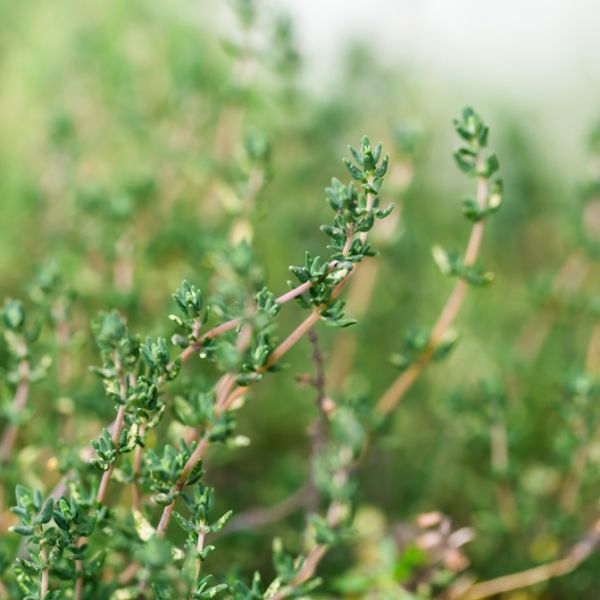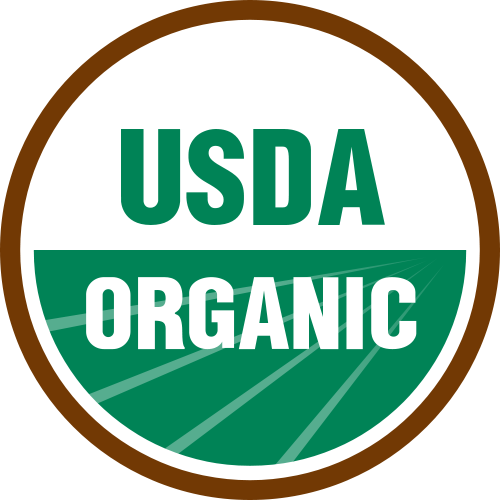| Latin Name : | Thymus vulgaris thymoliferum |
| English Name : | Thyme ct thymol |
| French Name : | Thym vulgaire à thymol |
| Family : | Lamiaceae |
| Origin : | Hungary, Spain |
History and Origin
Greek Thymos, “spiritedness, expressed passion”, is where the name thyme comes from. The Egyptians and Etruscans would use thyme and other plants to preserve their dead. Greeks burned thyme on altars, in public and in rich houses. Of course, thyme was also commonly used in the kitchen. It was also very often applied as a stimulating perfume. Romans would also use thyme to prepare a wide variety of cosmetics. As a symbol of courage, the image of thyme is used in Northern Europe until the Great Crusades. In the old days, maiden would embroider bees flying by a branch of thyme on scarves to protect their knights leaving for the land of barbarians.







